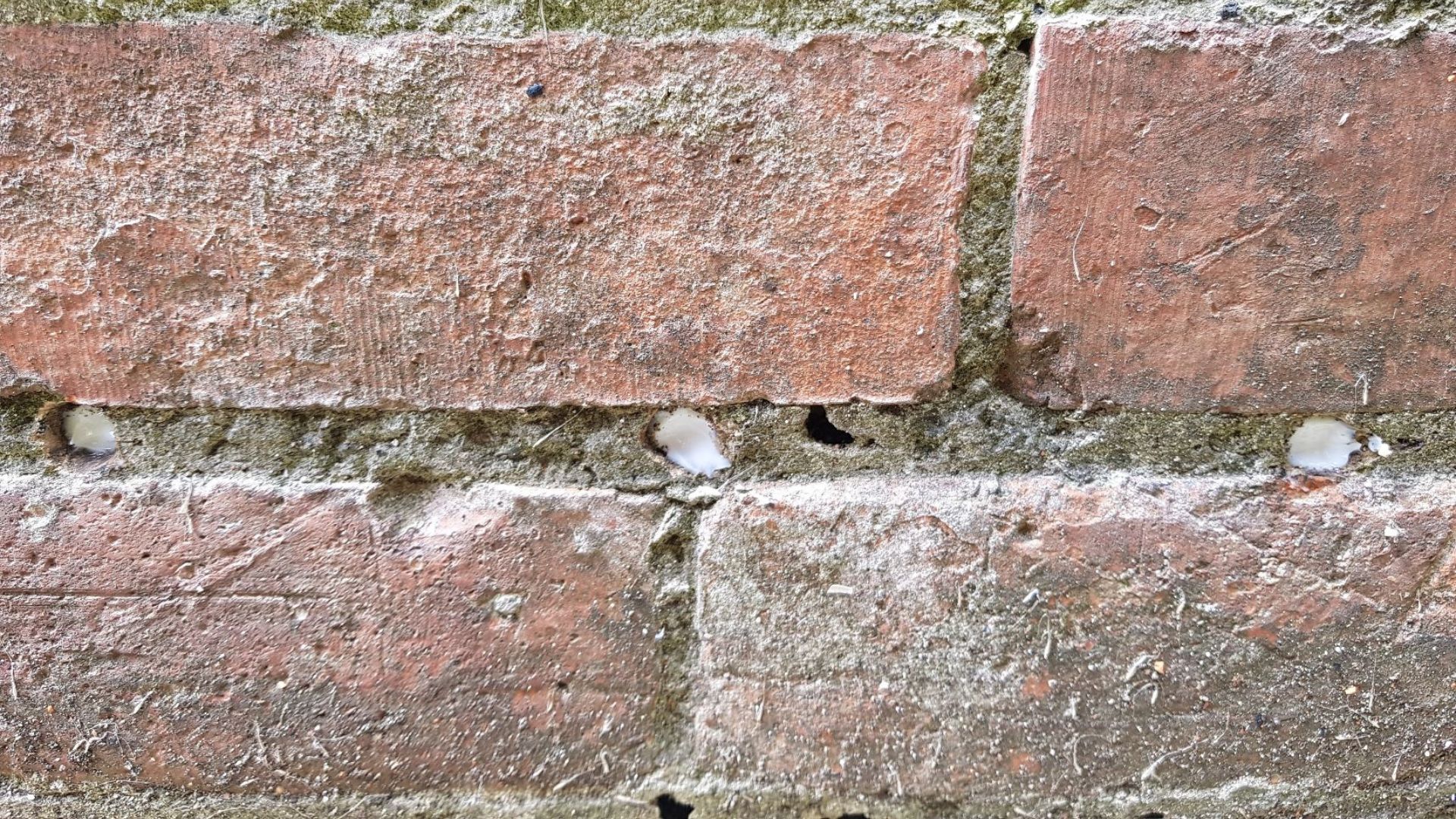Damp proofing is a term typically used to refer to a method of protecting the structure, masonry or fabric of your home from many forms of damp. Most commonly the term damp proofing refers to protecting against or fixing two types of damp; rising damp, and/or penetrating damp.
There are two methods of above-ground damp proofing:
- The use of a physical barrier known as a damp proof course (DPC) or membrane, and
- The use of chemicals to fill the porous surface of masonry in a technique known as chemical damp proofing.
Occasionally, damp proofing may be used to describe waterproofing below ground, as in the case of basement waterproofing, or ‘tanking’, or waterproofing indoors to protect against penetrating damp. In this case, it is used in conjunction with damp proofing.
Damp proof course
Damp proof courses are laid during the construction of modern buildings, however some older properties, namely period homes built prior to 1940, are lacking in DPCs. If you own a period home, you may see a line of slate, jute or hessian where you’d expect to see the modern black plastic.
As you can imagine, it is not possible to retrofit a physical DPC, and your damp specialist will recommend chemical damp proofing instead.
Chemical damp proofing – what to expect from your damp proof specialist
The first stage of damp proofing your property is to get an inspection from a remedial surveyor who will investigate your concerns and produce a detailed survey report.
Once you know the extent of the problem, and whether your home has rising damp, or penetrating damp, you can make an appointment for the treatment to be carried out.
Your damp specialist will need to remove any damaged parts of the structure they are treating. This may include plaster, skirting, and flooring inside, and external renders and pointing. The brickwork itself is rarely so badly affected that it requires more than drying out.
Outside, the pointing between the bricks is drilled and the chemicals are injected. This creates a layer of protection from rising damp.
Indoors, the plaster is removed from the wall and typically a waterproof slurry is applied if penetrating damp is found. In some cases, we may add a waterproof membrane recessed into the wall or floor for more severe cases.
Once the remedial work has been completed and we can confirm that the rising or penetrating damp problem has been cured, a new plaster covering can be applied in readiness for redecoration.
It should be noted that mould may be present on internal walls, especially near windows and doors due to condensation, however, it is important to understand as in the case below, it should not be assumed that condensation is the full extent of the problem.
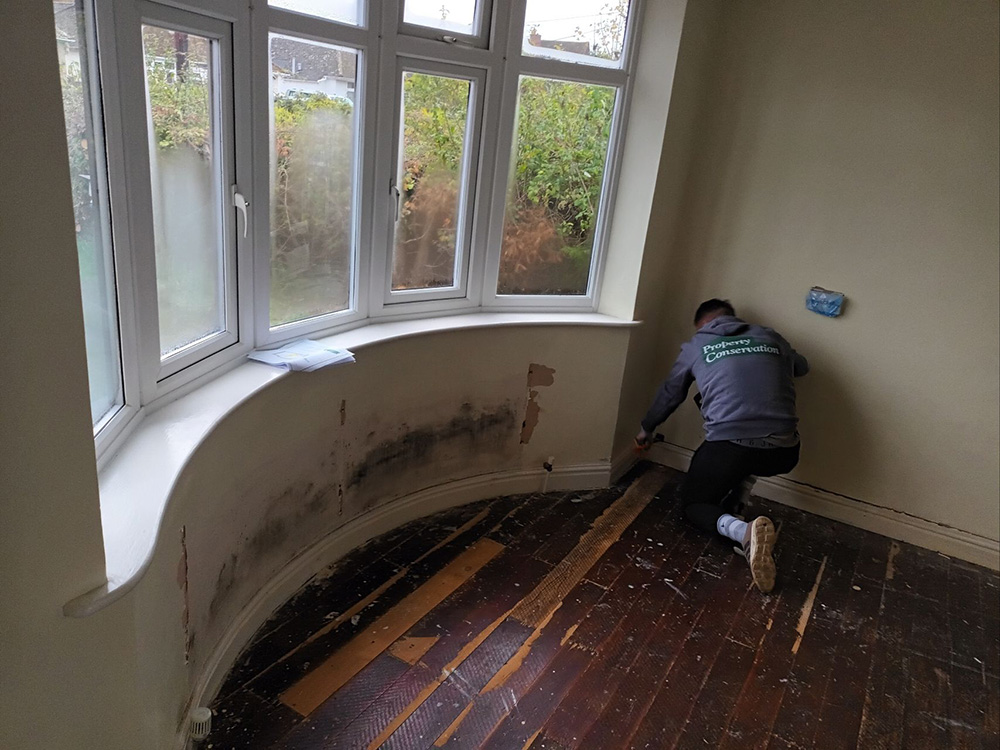
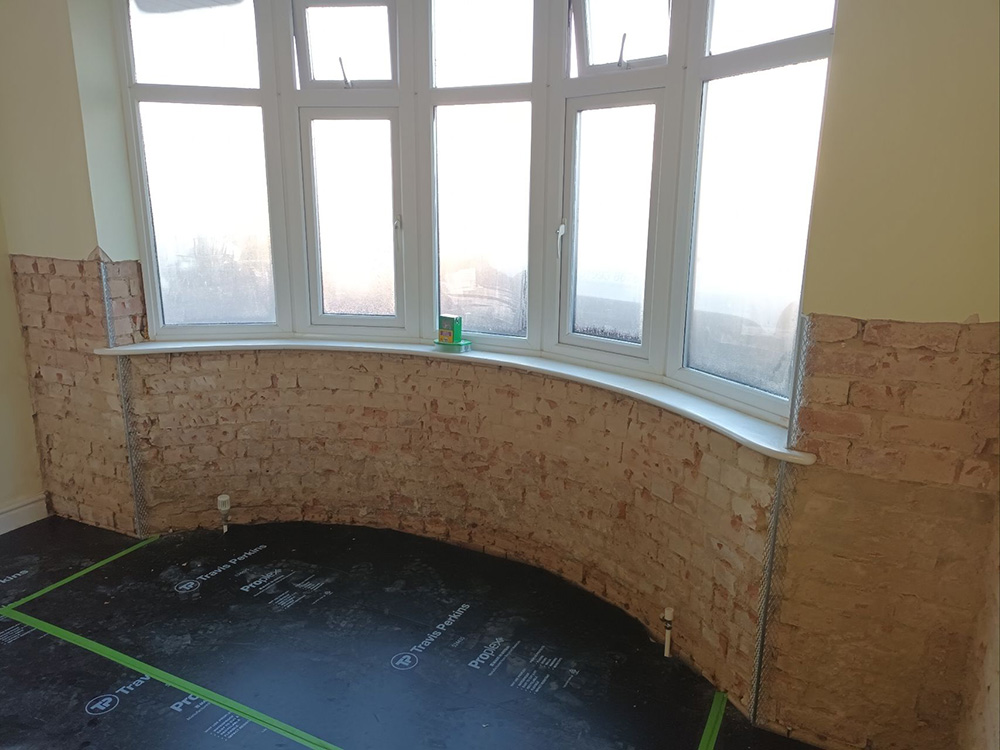
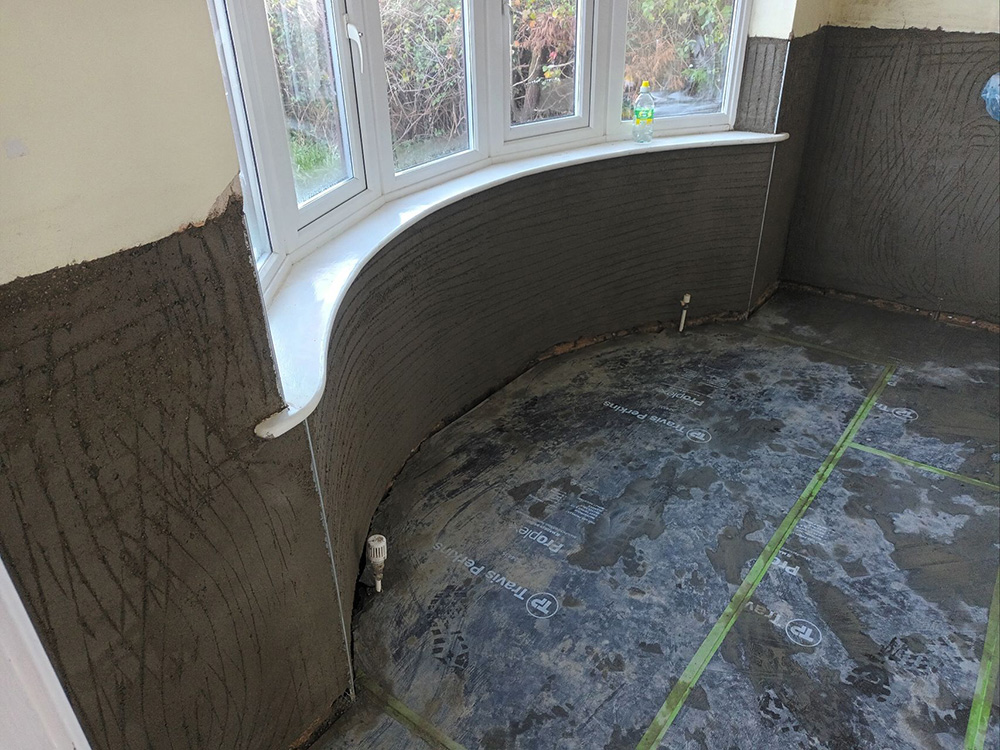
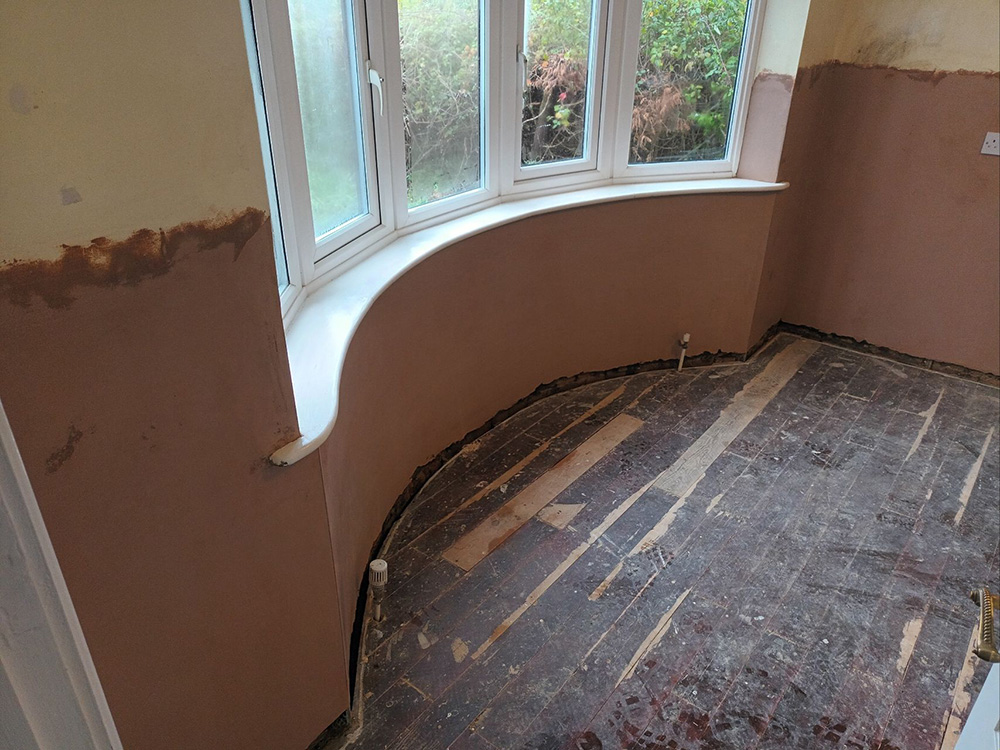
If you have concerns regarding insufficient damp proof courses, or would like to talk about the process of damp proofing your own home, please get in touch with our team on 01865 718383, or email [email protected].
Alternatively, if you would like to book a Certified Surveyor in Remedial Treatment (CSRT), you can do so now, at no cost.

